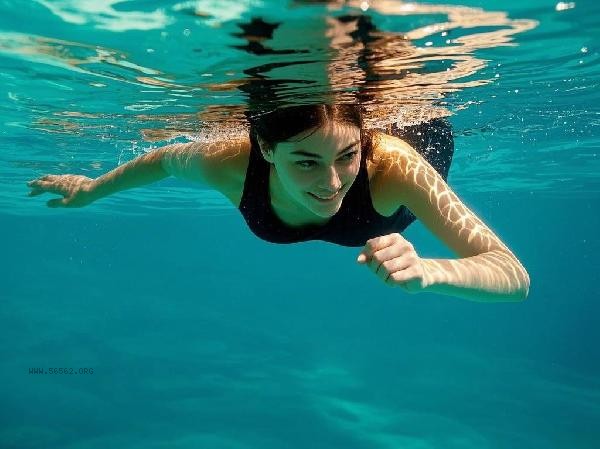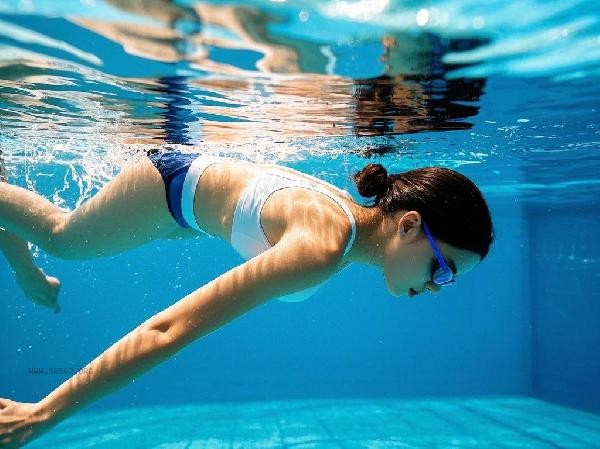There are five main ways of water circulation in swimming pools: forward flow, reverse flow, mixed flow, full flow ozone disinfection cycle, and diatomaceous earth filtration cycle.

1. Downstream Circulation
Downstream circulation is the most traditional swimming pool water treatment method, which injects clean water through the pool wall inlet and uses gravity to make the water flow towards the bottom outlet of the pool. This method has simple equipment and low cost, making it suitable for small swimming pools or situations with limited budgets. But there are purification blind spots, and the sediment at the bottom of the pool may not be completely removed, requiring manual cleaning to maintain water quality.
2. Reverse flow
The reverse flow circulation injects water through the uniformly distributed inlet at the bottom of the pool, and the water flows from bottom to top, finally discharged from the overflow channel on the pool wall. This design can form a three-dimensional circulation, reduce purification blind spots, and make the turbidity distribution of pool water more uniform. International competition standard swimming pools often use this method, but it requires a balanced water tank, which incurs high initial investment and maintenance costs.
3. Mixed flow
The mixed flow method combines the characteristics of forward and backward flow, and uses both bottom inlet and wall inlet to improve purification efficiency through dual water flow. This method can quickly dilute pollutants in the pool water and is suitable for public swimming pools with high pedestrian flow. Accurate control of the water flow ratio between two systems is required, with high demands for automation control.

4. Full flow ozone disinfection
uses an ozone generator to disinfect all circulating water, combined with activated carbon filtration to remove by-products. The strong oxidizing property of ozone can effectively kill microorganisms, reduce the use of chlorine agents, and decrease irritating odors. This system requires strict monitoring of residual ozone concentration in water and is typically used in high-end hotels or medical rehabilitation pools.
5. Diatomaceous earth filtration
Precise filtration is carried out through a diatomaceous earth filter, which can intercept particles larger than 2 microns and achieve a turbidity of less than 0.1 NTU in the effluent. The filtration accuracy far exceeds that of traditional sand tanks, which can reduce the amount of disinfectant used, but it requires regular replacement of filter media and disposal of waste diatomaceous earth. Suitable for infant and toddler swimming pools or water sports training bases with extremely high water quality requirements. When choosing a swimming pool water circulation system, it is necessary to consider factors such as frequency of use, personnel load, and budget comprehensively. It is recommended to equip online monitoring equipment to monitor key indicators such as residual chlorine and pH value in real time, and conduct comprehensive water quality testing on a regular basis. During daily maintenance, attention should be paid to cleaning the filter media, checking the sealing of pipelines, and taking anti freezing measures in winter. Different circulation methods can be combined, for example, ozone disinfection combined with counter current circulation can achieve the best purification effect.







Comments (0)
Leave a Comment
No comments yet
Be the first to share your thoughts!